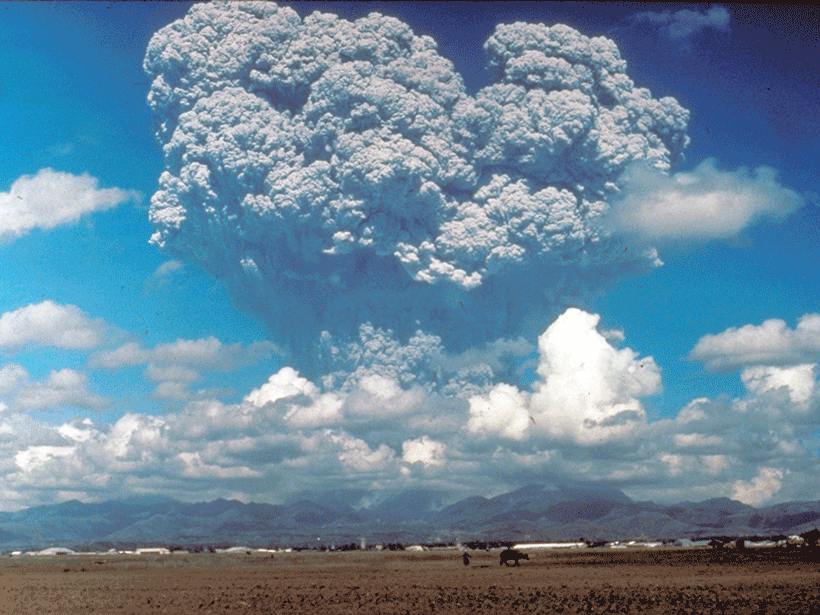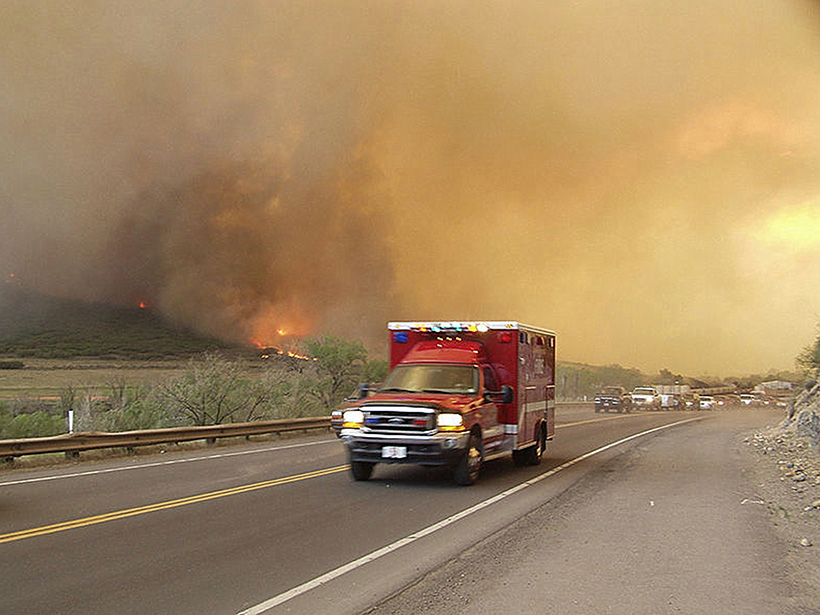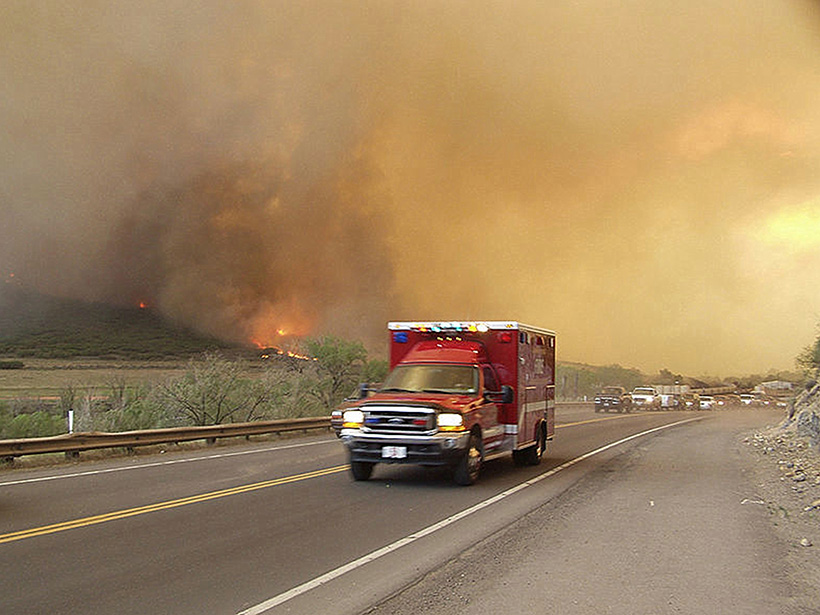The eastern tropical Pacific Ocean hasn’t warmed as much as climate change models projected. A new study shows that aerosols in the atmosphere could be responsible.
aerosols & particles
How the “Best Accidental Climate Treaty” Stopped Runaway Climate Change
The Montreal Protocol halted the destruction of the ozone layer. In the process, it saved one of Earth’s most important carbon sinks.
How Can Wristbands Monitor Pollution, PAHs, and Prenatal Care?
Silicone wristbands can help monitor pregnant women’s exposure to polycyclic aromatic hydrocarbons. Tracking these toxic chemicals, produced by combustion, could improve public health outcomes.
Seasonality in Saharan Dust Across the Atlantic Ocean
The first time series of bi-weekly dust concentrations measured in-situ across the remote Atlantic Ocean.
Modeling Volcanic Debris Clouds
How does a large volcanic cloud get into the stratosphere? Scientists model how volcanic debris injected into the lower stratosphere can be lofted high into the middle stratosphere.
Establishing a Link Between Air Pollution and Dementia
A new study examines the relationship between fine particulate matter (PM2.5) and dementia, finding that air pollution may be responsible for up to 2 million dementia cases each year.
How Hospitals Respond to Wildfires
A new study tracks intensive care unit admissions after periods of wildfire smoke pollution. A prolonged or severe smoke event has the potential to strain hospital resources.
Taking Flight to Study Clouds and Climate
A new mission involving synchronized aircraft observations is collecting data vital for improving our understanding of how aerosol particles and clouds influence each other.










